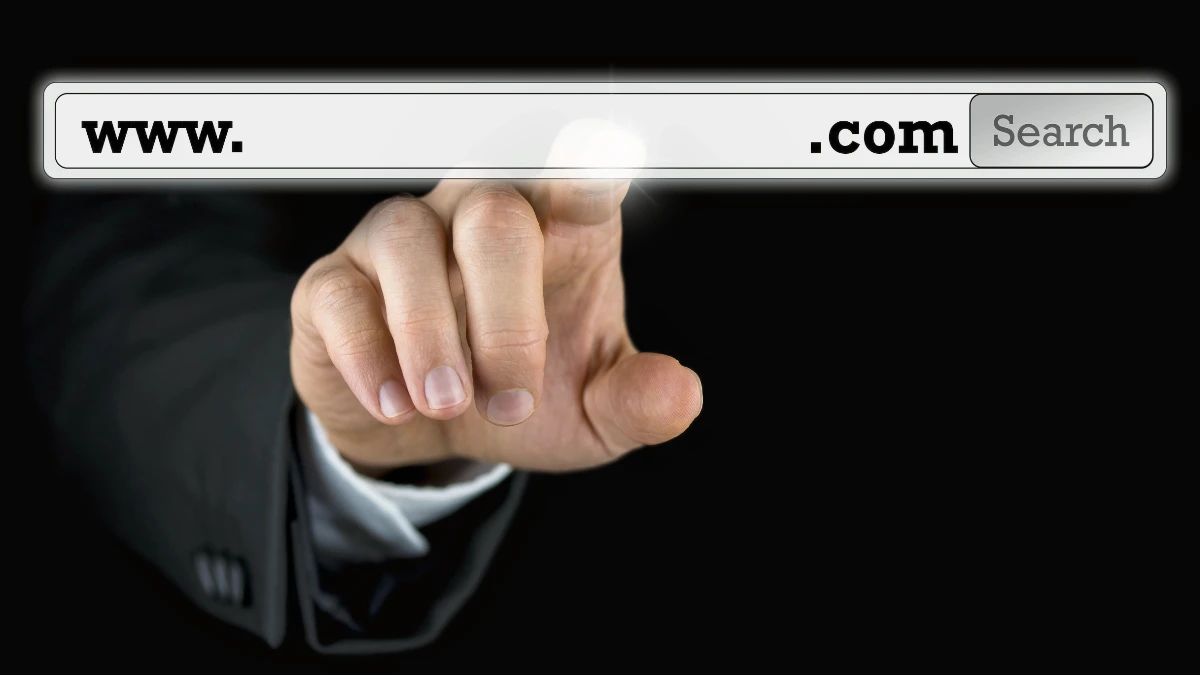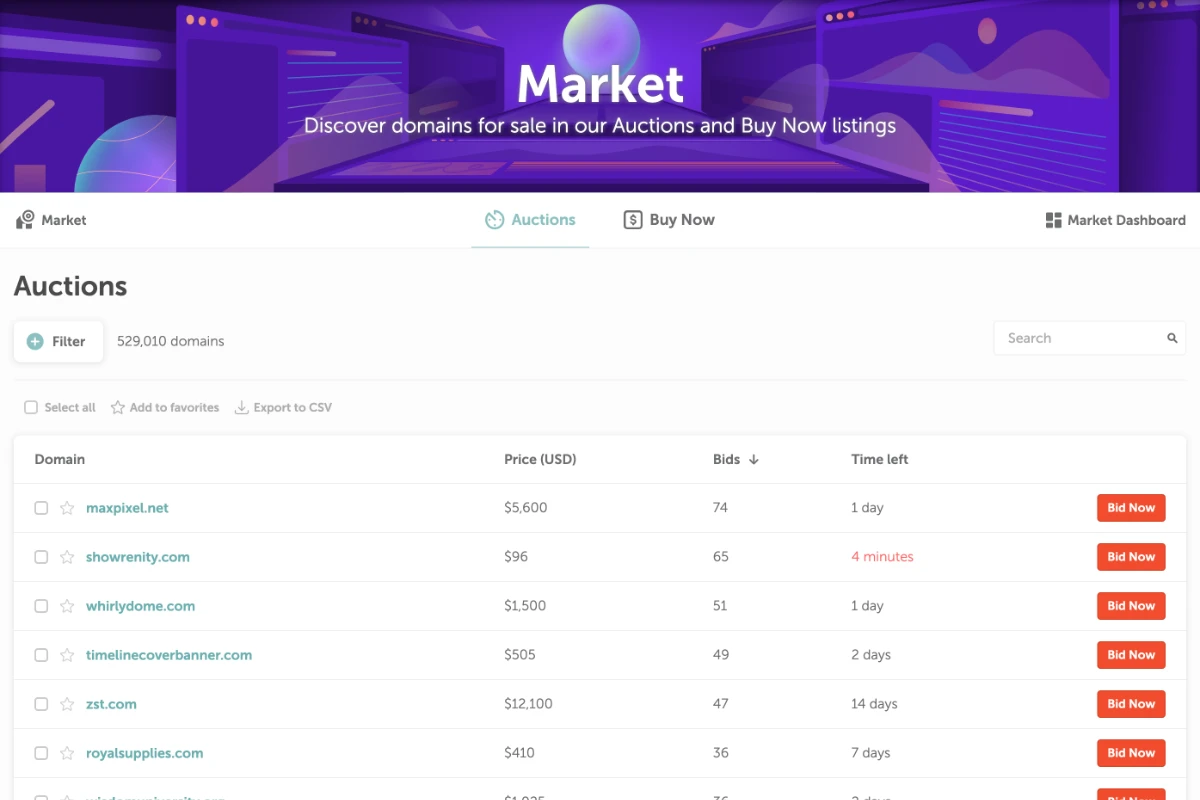Owning a domain name can be like holding a tiny piece of digital real estate—a valuable asset that can yield serious returns when sold at the right price. But setting a price isn’t about guessing; it’s about strategy, market insight, and a dash of savvy negotiation. Let’s dive into how you can transform your domain names into real profit.

Understanding Your Domain’s Value
Every domain carries its own story. Some whisper potential to a discerning buyer, while others shout market demand. The key is to understand what makes your domain special. Is it the keywords embedded in the name? Its inherent memorability? Or perhaps its brandability*? These factors play a crucial role in determining what someone is willing to pay.
*Brandability is a domain name’s ability to serve as a strong, memorable foundation for a building a brand
Before listing your domain, assess its intrinsic value. Look at comparable sales, research industry trends, and be honest about its strengths and weaknesses. Online appraisal tools can offer a rough estimate, but they rarely capture the full picture. Human judgment is irreplaceable. For example, a one-word domain might command a premium due to its simplicity and recognition, whereas a longer, more complex domain might appeal only to a niche audience.
It’s not just about the numbers. A domain’s value can be amplified by the right positioning and marketing. Think of your domain as a product. Its perceived value in the market isn’t static—it evolves with trends, demand, and even the strategic narrative you build around it.
Strategies for Maximizing Domain Profit
When you’re ready to sell, the way you present your domain can be as important as the domain itself. Start by fine-tuning your portfolio. Remove any clutter that might detract from your domain’s appeal. If you have multiple domains, consider how each fits into a broader strategy. Sometimes less is more.
Focus on creating a compelling landing page that isn’t just a “For Sale” sign, but a narrative. Explain why your domain is unique. Highlight its potential for branding or SEO advantages. The goal is to spark curiosity and convince prospective buyers that they’re looking at a golden opportunity.
There are several approaches to pricing your domain effectively:
• Auction vs. Fixed Price: Decide whether an auction might drive competitive bidding or if a fixed price better suits your strategy. An auction can be particularly effective if your domain has generated buzz.
• Broker Assistance: Experienced domain brokers have an intimate understanding of market dynamics. They often know how to position your asset to the right buyers, negotiate effectively, and handle the intricacies of the transaction.
• Flexible Negotiation: Be prepared to negotiate. Setting a rigid price might discourage buyers who are willing to invest in potential. Instead, start with a realistic asking price and leave some room for negotiation. It’s about finding that sweet spot where both parties feel they’re winning.
• Timing is Everything: The market can be unpredictable. Sometimes, waiting for the right moment—when industry trends align with your domain’s niche—can mean the difference between a modest sale and a lucrative deal.
It’s essential to think of selling your domain as part art and part science. There isn’t a one-size-fits-all approach, and what works for a generic term may not apply to a niche brand. Tailor your strategy to your domain’s unique characteristics, and be ready to adapt as the market shifts.

Navigating the Sales Process
Once you have a strategy in place, the sales process itself demands precision. With an increasingly crowded digital marketplace, standing out is more important than ever. Consider these tactics to navigate the process smoothly:
• Choose the Right Marketplace: There’s no shortage of platforms where domains are bought and sold. Whether it’s a popular auction site, a broker network, or direct outreach, make sure the marketplace fits your domain’s profile. Some platforms cater specifically to premium domains, while others might reach a broader audience.
• Craft a Persuasive Sales Pitch: Your sales pitch should be as crisp and compelling as a well-edited article. Highlight key benefits like SEO potential, memorability, and market trends that underscore your domain’s value. Think of it as a short story that ends with a call to action.
• Leverage Data and Trends: Buyers are increasingly data-driven. Equip yourself with market statistics, historical sale figures, and trends relevant to your domain’s niche. This builds trust and shows that your asking price isn’t arbitrary—it’s backed by solid reasoning.
• Streamline the Transaction: The smoother the sale, the more attractive your offer appears. Ensure that your domain transfer process is secure, well-documented, and easy to follow. Reducing friction in the sales process not only speeds up the transaction but also instills confidence in potential buyers.
Selling a domain isn’t just a transaction; it’s an opportunity to tell a story about its future. It involves knowing your asset inside and out, understanding the market dynamics, and engaging in a dialogue with buyers. The right approach can make the difference between a quick sale at a modest price and a carefully negotiated deal that maximizes your profit.
When you combine a clear understanding of value, tailored marketing strategies, and a well-executed sales process, you create an environment where buyers feel both informed and excited. It’s not about lowball offers or flashy promises—it’s about matching a quality asset with the right vision for its future.
At the end of the day, every domain name holds potential. The trick is unlocking that potential with thoughtful analysis, strategic marketing, and a bit of negotiation finesse. If you treat your domain as the asset it is and take the time to present it in the best possible light, you’ll find that the market is ready to reward your efforts with a price that truly reflects its value.
FAQs
Consider factors like keyword strength, brandability, length, and comparable sales. Use appraisal tools for an initial estimate, but combine these with market research and human insight for the most accurate picture.
It depends on your specific domain and market demand. Auctions can create competitive bidding, potentially driving the price up, while a fixed-price model offers clarity and can attract buyers who prefer immediate transactions.
Not necessarily, but a broker can provide market expertise, negotiation skills, and access to a wider pool of buyers—especially for premium (high-value) or niche domains. Independent sellers with a solid understanding of the market might manage the process on their own.
Options include specialized marketplaces like Sedo, Namecheap Marketplace, GoDaddy Auctions, and Flippa, along with domain broker networks. Choosing the right platform depends on your domain’s profile and the audience you wish to target.